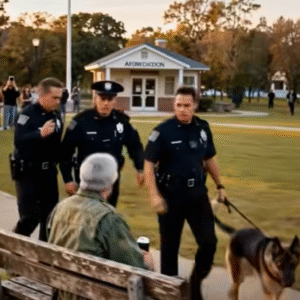Tesla’s Safety Claims Under Scrutiny
Are Tesla Cars as Safe as Advertised?
Elon Musk may promote Tesla’s safety, but recent findings suggest otherwise. Researchers discovered that a simple piece of tape on a speed limit sign can trick Tesla cars into dangerously high speeds.
In one test, footage revealed a Tesla misreading a “35 mph” speed limit sign altered with tape. The car accelerated to 85 mph, putting its passengers at significant risk.
McAfee’s Shocking Experiment
How Did the Test Work?
McAfee researchers placed a two-inch strip of electrical tape across the middle of the “3” on a speed limit sign. This small change caused Tesla’s system to misinterpret the sign as “85 mph.”
The Results
A 2016 Tesla Model X in cruise control responded by accelerating to 50 mph before the driver noticed the error. The vehicle’s heavy reliance on computer systems created a potentially dangerous situation.
Safety Complaints Pile Up
Alarming Numbers
The National Highway Safety Administration (NHTSA) has received 127 complaints about Tesla’s “sudden unintended acceleration.” These incidents have resulted in 110 crashes and 52 injuries, raising questions about Tesla’s safety measures.
Can Tesla Prevent This Flaw?
McAfee’s Insights
McAfee stated, “By adding a tiny sticker to a speed limit sign, we triggered a misclassification in Tesla’s MobilEye camera. The car autonomously sped toward 85 mph.” For safety, they applied brakes before reaching the target speed.
Tesla’s Response
Tesla dismissed McAfee’s findings, arguing that the experiment was an intentional manipulation. However, McAfee pointed out, “Even trained observers didn’t notice the altered sign, showing how easily this could happen in the real world.”
Questions Remain
Should Tesla cars have better safeguards to prevent these errors? Could such vulnerabilities put lives at risk? While Tesla’s technology is groundbreaking, incidents like this suggest there’s room for improvement.
What’s your take on this revelation?





